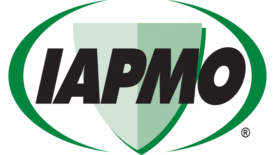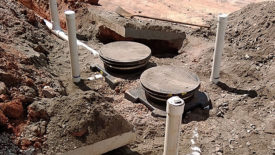Home » Keywords: » IAPMO
Items Tagged with 'IAPMO'
ARTICLES
Guard on Compliance | Misty Guard
Dissecting IAPMO’s proposed code change monographs
The UPC and UMC received over 650 code change proposals.
June 3, 2024
Strategic Plumbing Insights | Christoph Lohr
The importance of third-party product standards and professional qualifications
Industry professionals should engage in the development of new standards and serve on technical committees to help shape the future of plumbing and mechanical systems.
May 6, 2024
IAPMO introduces a new standard for high-efficiency oil/water separators
New standard sets minimum performance level for manufacturers.
April 17, 2024
Keep the info flowing with our eNewsletters!
Get the latest industry updates tailored your way.
JOIN TODAY!Copyright ©2024. All Rights Reserved BNP Media.
Design, CMS, Hosting & Web Development :: ePublishing






